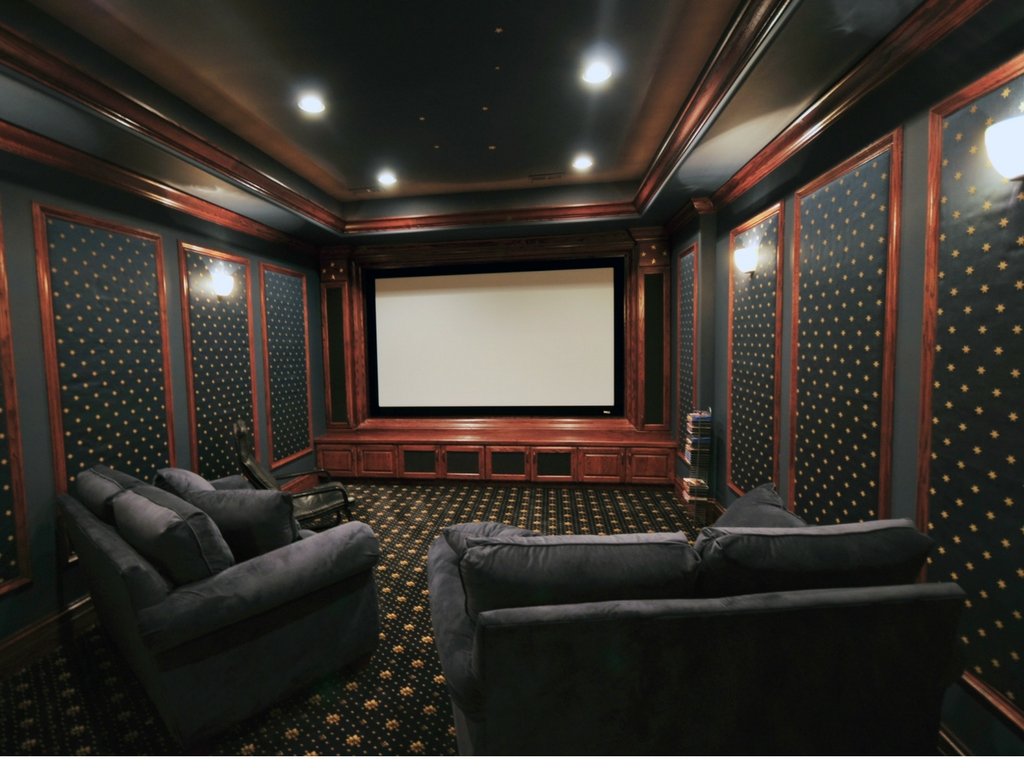Introduction
Creating the perfect home theater experience means more than just a big screen and great sound system. To truly enjoy immersive audio without disturbing others, soundproofing your home theater is essential. Proper soundproofing enhances sound quality inside the room and prevents noise from leaking into other parts of your home, or even to your neighbors.
In this guide, we’ll walk you through the best soundproofing tips and tricks to create a quiet, high-quality home theater experience.
Why Soundproofing Matters for Home Theaters
- Improves sound clarity and bass response by reducing echoes and outside noise.
- Prevents sound leakage so you don’t disturb family members or neighbors.
- Allows you to watch movies at any volume without worrying about complaints.
- Increases home value by demonstrating a professional, well-designed theater room.
Top Soundproofing Tips and Tricks
1. Seal Doors and Windows
Use weatherstripping and door sweeps to close gaps around doors and windows where sound escapes.
2. Add Acoustic Panels
Install sound-absorbing panels on walls to reduce echoes and improve sound clarity. Foam panels, fabric-wrapped panels, or fiberglass are popular choices.
3. Use Thick Carpeting or Rugs
Carpets and rugs absorb sound reflections from floors and help muffle noise.
4. Install Double Drywall with Green Glue
Adding an extra layer of drywall with a damping compound like Green Glue between layers dramatically reduces sound transmission.
5. Use Soundproof Curtains
Heavy, dense curtains over windows and doors can block noise and improve acoustics.
6. Decouple Walls and Ceilings
Use resilient channels or isolation clips to separate drywall from studs, preventing vibration transfer.
7. Seal Gaps and Cracks
Use acoustical sealant around outlets, light fixtures, and gaps to stop sound leaks.
8. Consider Door Upgrades
Solid-core doors block sound better than hollow-core doors. Adding door seals and sweeps boosts performance.
Bonus Tips for Better Sound Quality
- Arrange furniture strategically to absorb sound waves.
- Use bass traps in corners to manage low-frequency sound.
- Avoid reflective surfaces like glass or bare walls near speakers.
Conclusion
Effective soundproofing transforms your home theater into a private cinema where sound stays inside and peace stays outside. Whether you’re building a new theater room or upgrading an existing one, these soundproofing tips and tricks will ensure an immersive, disturbance-free experience.

